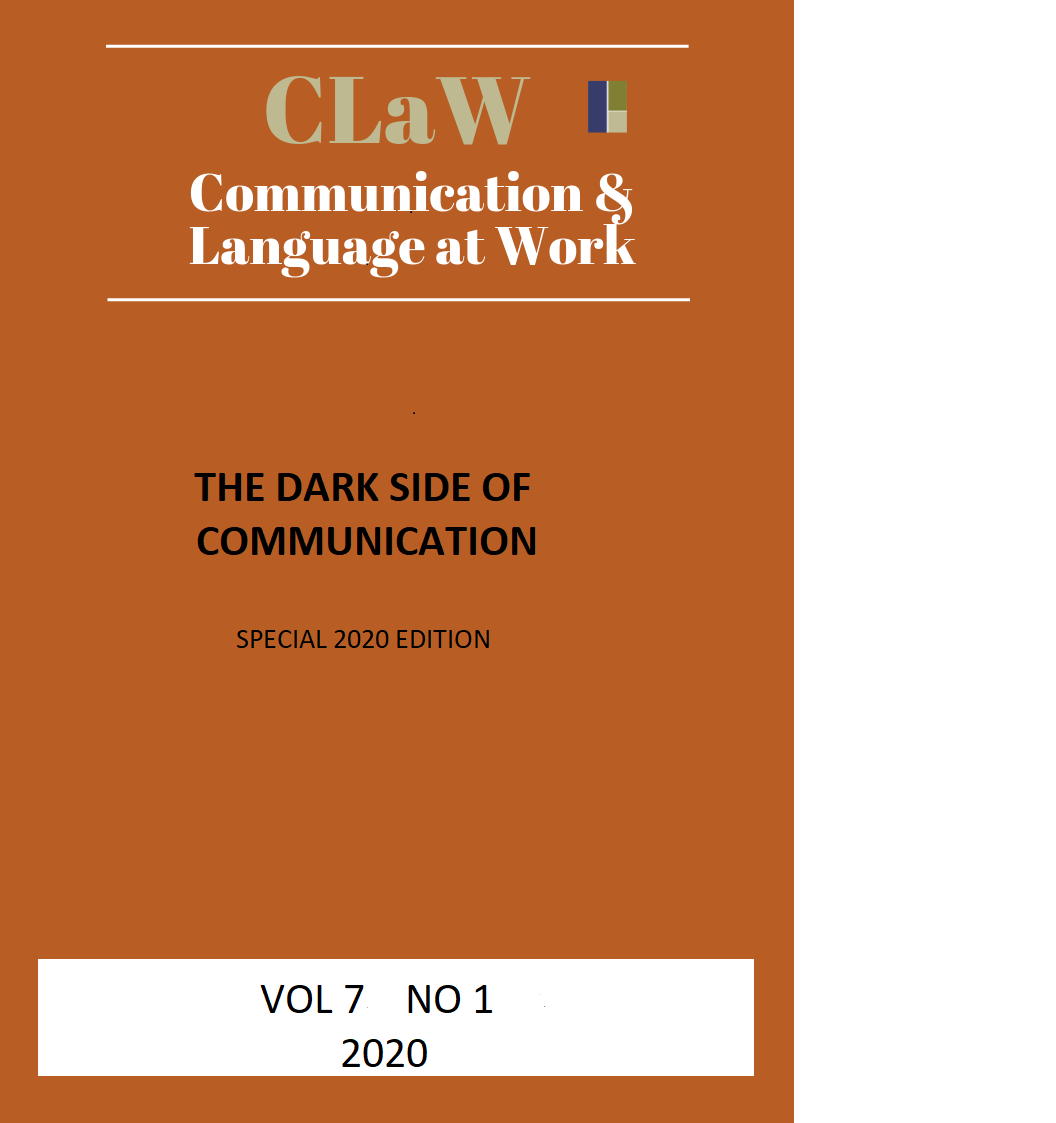Mimicry and artistry : Place branders’ construction of “good” branding
Main Article Content
Abstract
Many public organizations think of themselves as brands and engage in branding to increase their attractiveness. Often this is seen as a good practice, but this paper takes a more skeptical view and interrogates the value of place branding expertise for public organizations. Through observation of a place branding conference, drawing on some principles from ethnomethodology, this paper provides clues to what the place branding profession constructs as “good” and legitimate expertise and the norms that guide their work. We identified two levels of legitimate place branding expertise: Mimicry and Artistry. Mimicry signifies imitation of already institutionalized ideas and practices, and proficiency in supplying beautiful yet detached and superficial representations of cities. Artistry refers to place branding that stands out as brilliant and inventive, encompassing unexpected play with symbols and creative combination of branding models. We argue that both these levels of expertise may be at odds with civic values of city government such as inclusion and representativeness. Our study concludes that the ways in which the branders construct expertise risks deflecting attention from the core problems of a place or a city and separating place branding from city management practice.
Article Details
The journal is published under a Creative Commons license Attribution Non-commercial No derivatives (cc by-nc-sa) http://creativecommons.org/about/license. CLaW allows the author(s) to retain publishing rights without restrictions. Copyright remains with authors without restrictions.

